

Norman and Cyborg continue to torment the school while Mrs Kate and the teachers are busy cleaning up after them. Mrs Kate is fed up and is now determined to catch the culprit! But wait, looks like Alpha will be wrongly blamed again!
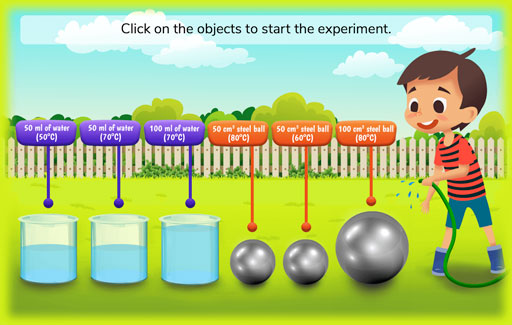
Compare bodies of liquids with: the same volume but different temperatures or/and the same temperature but different volumes and identify the liquid with more/less heat.
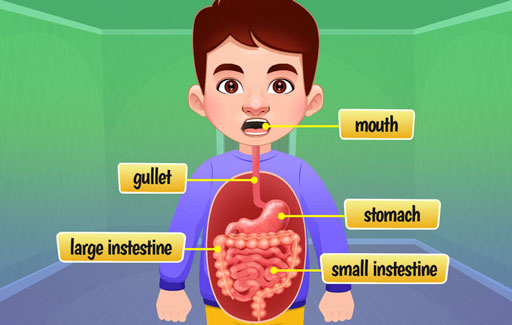
Identify the picture of the organs that form part of/not part of the human digestive system.

Explain the changes/rate of change in the temperature of objects when in contact with the environment of a different temperature, based on their own ability to conduct heat.
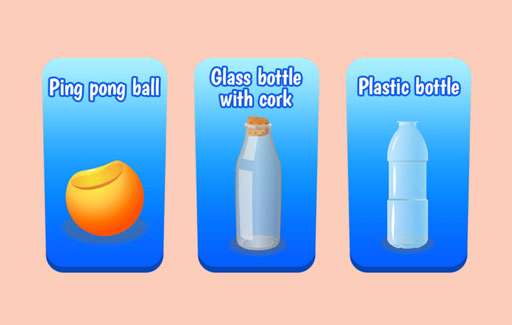
Explain observations of changes in the behaviour of a container when it is heated / cooled, using concepts of expansion / contraction of air/liquid in the container.
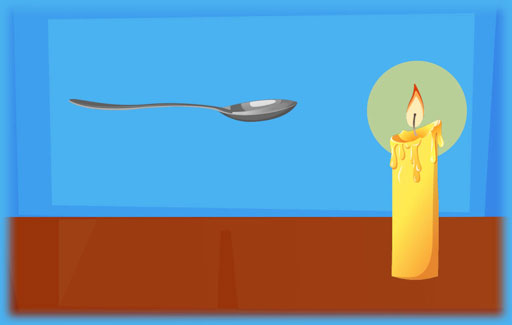
Describe the direction of heat flow (ie. heat from object A flows from …. To ….) between different types of matter (eg. physical objects or air) that are in contact with each other.
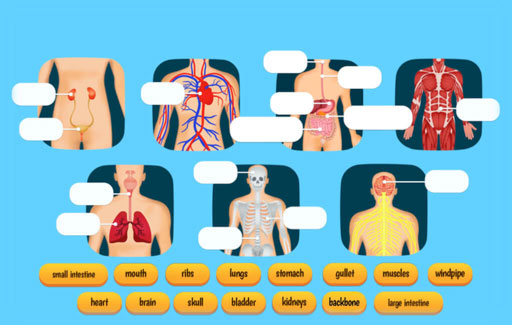
Name the organs in the human digestive system
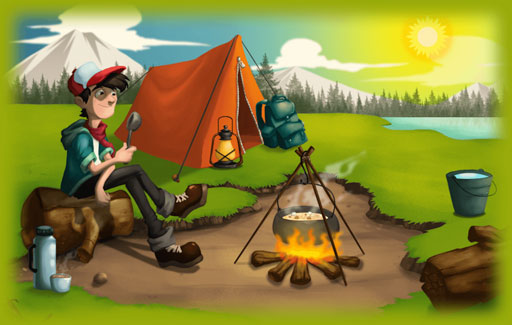
List some common sources of heat.
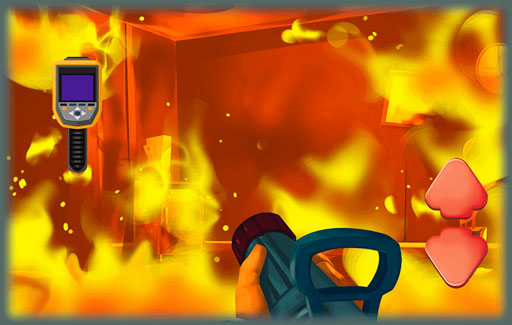
Identify the position of the heat source based on the sequence of events caused by heat (eg. melting of wax along a metal rod).
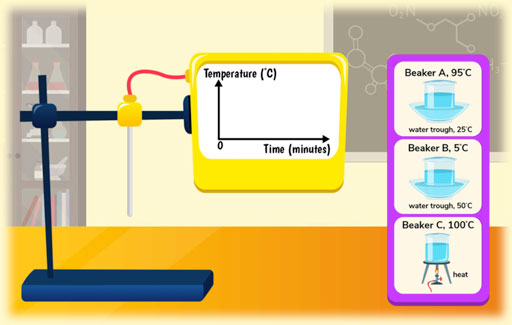
Interpret from temperature-time graphs the direction of heat gain/loss by an object over time.
WERKZ PUBLISHING INC
Part of THE AMDON GROUP, a Global Digital Science Education Provider
USA
https://www.werkzpublishing.com
SINGAPORE